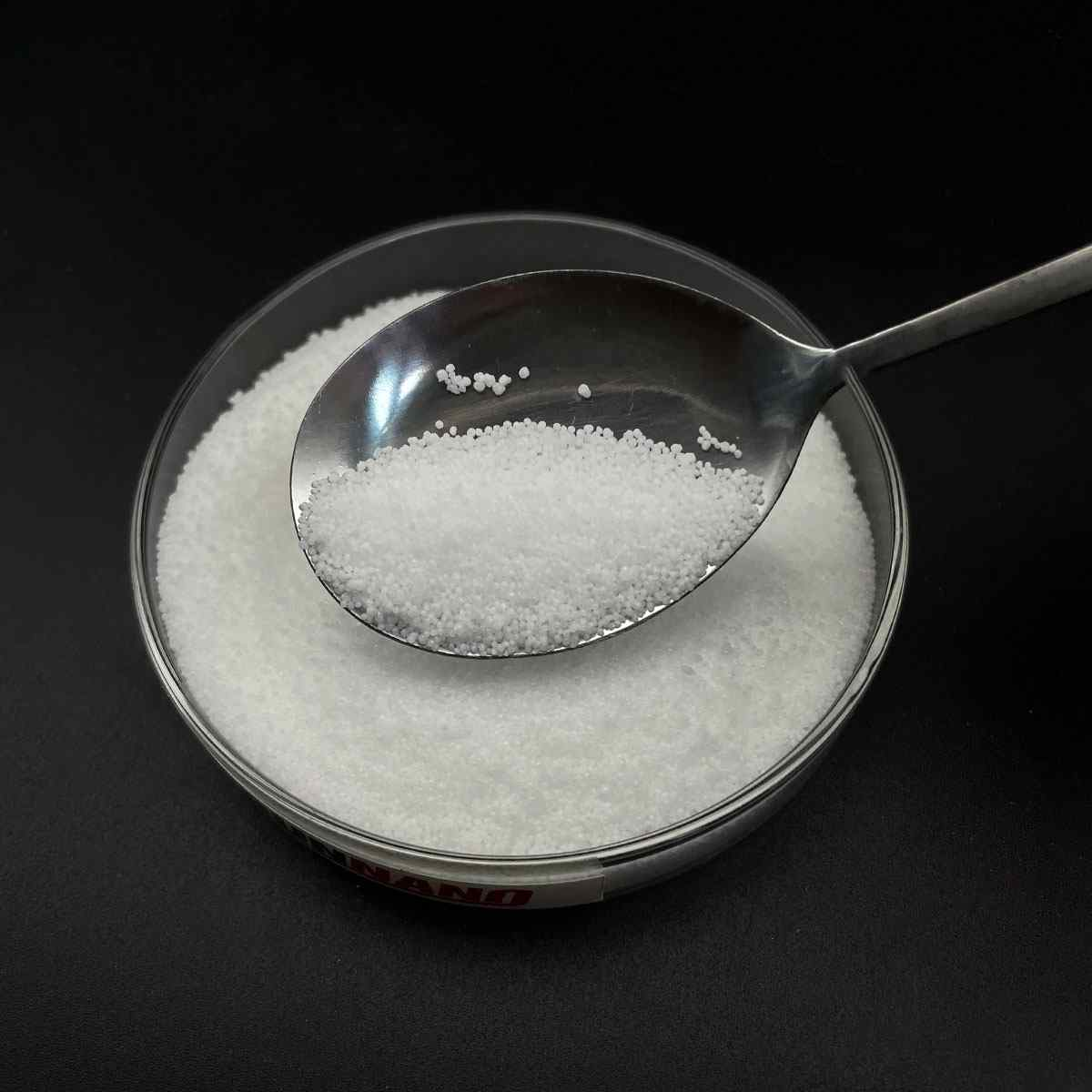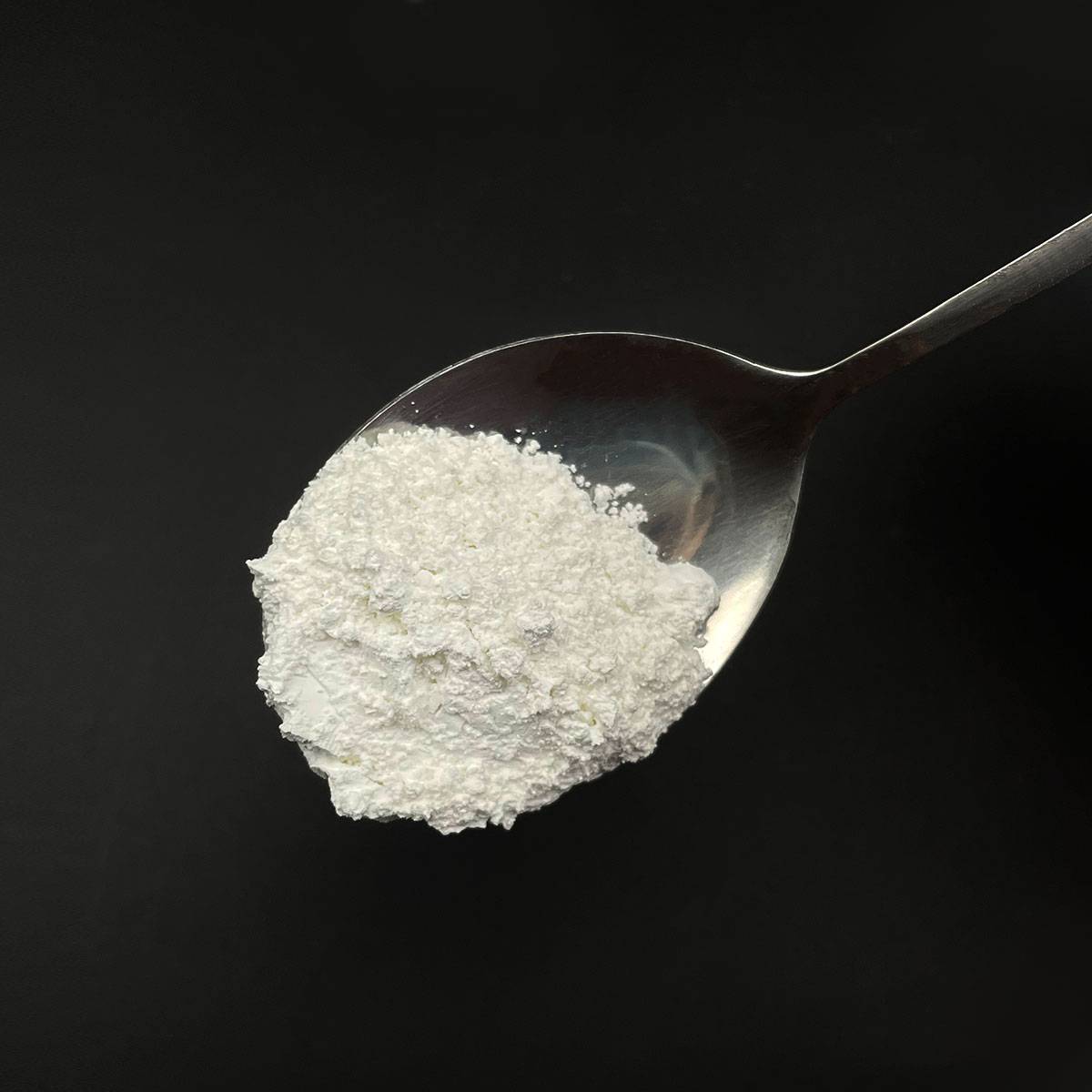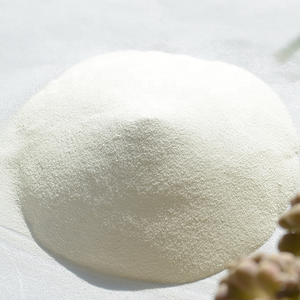1. Introduction
Just 24 hours ago, researchers at the University of California published a breakthrough study demonstrating how sodium lauryl sulfate (SLS) dramatically improves the dispersion of copper 1 bromide nanoparticles in aqueous solutions—a critical step for next-generation conductive inks used in flexible electronics. This isn’t your average shampoo ingredient anymore. While most consumers associate SLS with lather in toothpaste or body wash, this anionic surfactant is quietly enabling innovation in fields far beyond the bathroom.

In this article, we’ll dive into five highly specialized, real-world applications of sodium lauryl sulfate—also known as sodium dodecyl sulfate or na lauryl sulfate—where its unique molecular structure and surface-tension-lowering properties make it irreplaceable. We’ll also compare it to related compounds like sodium laureth sulfate, cocamidopropyl betaine, and emerging bio surfactants such as decyl glucoside and coco glucoside.
2. Sodium Lauryl Sulfate as a Surfactant: A Quick Refresher
Before exploring niche uses, let’s clarify the meaning of surfactant. Surfactants are amphiphilic molecules—meaning they have both hydrophilic (water-loving) and hydrophobic (water-repelling) parts. This dual nature allows them to reduce surface tension, emulsify oils, and disperse particles. Sodium lauryl sulfate is a classic anionic surfactant, carrying a negative charge in solution.
It’s often confused with sodium laureth sulfate (also called sodium lauryl ether sulfate or sodium lauryl ether sulphate), which is ethoxylated and milder. Other common surfactants include non ionic surfactant types like polysorbate 80 and pluronic 127, cationic surfactants like cetyl trimethyl ammonium bromide (CTAB), and amphoteric ones like cocamidopropyl betaine (also known as coco betaine or amidopropyl betaine).
3. Niche Application #1: Surfactant for Herbicides and Lawn Care
One of the most impactful agricultural uses of SLS is as a surfactant for herbicides. When mixed with weed killers like glyphosate, sodium lauryl sulfate acts as a wetting agent for grass, helping the active ingredient penetrate waxy leaf cuticles. This boosts efficacy by up to 40% in some field trials.

While methylated seed oil and lignin sulfonate are also used, SLS remains popular due to its low cost and strong spreading ability. It’s often blended with nonionic surfactant co-formulants like ethoxylated alcohol to balance performance and reduce phytotoxicity. Farmers searching for ‘how much surfactant per gallon of water’ often land on SLS-based lawn wetting agent solutions for stubborn broadleaf weeds.
4. Niche Application #2: Nanoparticle Stabilization in Materials Science
As highlighted in the recent UC study, SLS plays a critical role in colloidal chemistry. Its anionic head group binds to metal ions like copper 1 bromide, while the dodecyl alcohol tail prevents particle aggregation. This enables stable, uniform nanoparticle suspensions essential for printed electronics, catalysts, and even antimicrobial coatings.
Compared to fluoro surfactants or sodium deoxycholate, SLS offers a cost-effective, water-soluble alternative with predictable behavior. Researchers also pair it with poloxamer 188 or span80 to fine-tune interfacial properties in complex emulsions.
5. Niche Application #3: Protein Denaturation in Biochemical Research
In laboratories worldwide, sodium dodecyl sulfate is the go-to reagent for SDS-PAGE—a technique used to separate proteins by molecular weight. SLS disrupts hydrogen bonds and coats proteins with negative charges, allowing accurate electrophoretic analysis.

This application leverages SLS’s strong denaturing power, which is more aggressive than milder alternatives like sodium lauroyl sarcosinate or sodium cocoyl isethionate. While newer bio surfactants like sodium cocoyl glutamate are gaining traction for cell lysis, SLS remains the gold standard for reproducibility in protein work.
6. Niche Application #4: Foam Control in Industrial Cleaning
Counterintuitively, while SLS generates foam in shampoos, it’s also used to *manage* foam in industrial settings. When combined with defoamers or paired with cationic surfactants like ammonium lauryl sulfate, it helps create controlled foaming profiles in high-pressure cleaning systems.
In pre-rinse formulations for food processing plants, SLS—often labeled as sls sodium lauryl sulfate or natrium lauryl sulfate—enhances soil removal without excessive suds. It outperforms sodium dodecylbenzene sulfonate in hard water and integrates well with amphoteric co-surfactants like coco amido propyl betaine for balanced detergency.
7. Niche Application #5: Template for Mesoporous Material Synthesis
Materials chemists use SLS as a soft template to create ordered mesoporous silica and carbon structures. The surfactant molecules self-assemble into micelles, around which inorganic precursors condense. After calcination, the SLS burns away, leaving behind nanostructured pores ideal for catalysis or drug delivery.
Although alkyl polyglucoside and sodium coco sulfate are greener options, SLS’s consistent micelle size and low critical micelle concentration (CMC) make it preferred for precision applications. Companies like Rohit Surfactants Private Limited supply high-purity SLS for such advanced manufacturing.
8. Conclusion
From boosting weed killer performance to enabling cutting-edge nanomaterials, sodium lauryl sulfate proves its versatility far beyond the realm of personal care. While concerns about skin irritation have driven demand for alternatives like decyl glucoside, lauroyl sarcosinate, and ammonium dodecyl sulfate, SLS remains unmatched in specific technical applications due to its potency, solubility, and cost-efficiency. Whether you’re formulating a herbicide, running a protein gel, or synthesizing conductive inks, sls sulfate continues to be a workhorse surfactant in science and industry.
Our Website founded on October 17, 2012, is a high-tech enterprise committed to the research and development, production, processing, sales and technical services of ceramic relative materials such as 5. Our products includes but not limited to Boron Carbide Ceramic Products, Boron Nitride Ceramic Products, Silicon Carbide Ceramic Products, Silicon Nitride Ceramic Products, Zirconium Dioxide Ceramic Products, etc. If you are interested, please feel free to contact us.


